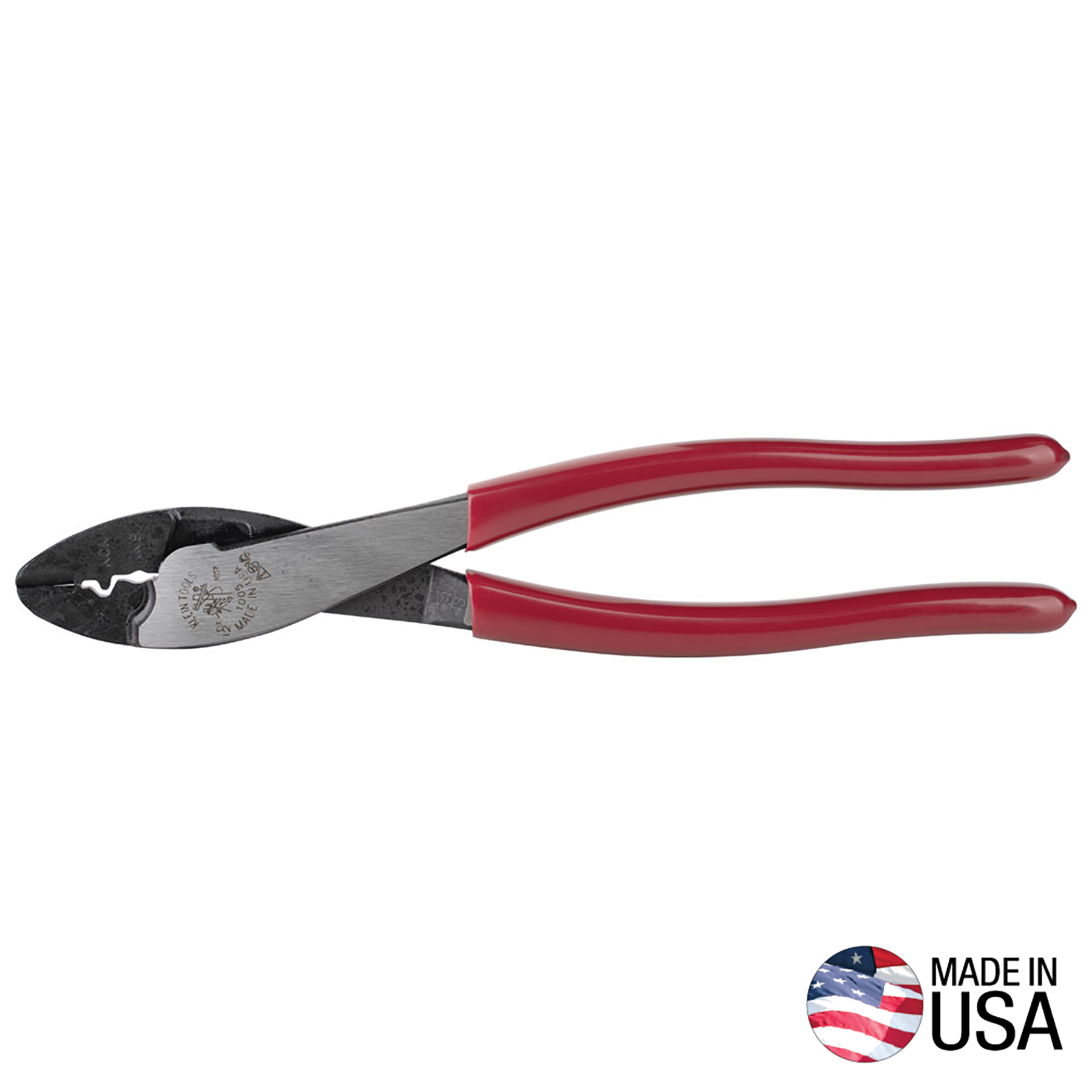Pawned
N.R.A. Lifetime Member - And damn proud of it
I have tried a myriad of different connectors for the wiring on my Duster.
I have not been able to drive or work on the car for most of the last year, and am starting to work on it a little, But I found there are quite a few connectors that have become disconnected, God only knows how.
I need foolproof connectors, soldered or solderless, to use on the can. I find that many times I must remove a female connector and squeeze the connector to give it better retention to the spade.
I have been working on the car for the last 10 years and have never found the proper/best connector.
I was an electrical engineer, a couple lifetimes ago, so I thought I knew what I was doing. Then again the equipment I worked on, never bounced down the lousy roads that the Duster drove on. Plus, I have not kept up on any new products that may have come down the line
Any help would be appreciated. Plus I could really use a new 2 speed wiper motor switch
I have used all of these at one point or another, the first pix seems to be the best, with or without an insulator. The connectors with the blue insulators are terrible, many times I remove the insulator and put a dot of solder at the top. The barrel connectors are great if I put some solder into it
Edward



I have not been able to drive or work on the car for most of the last year, and am starting to work on it a little, But I found there are quite a few connectors that have become disconnected, God only knows how.
I need foolproof connectors, soldered or solderless, to use on the can. I find that many times I must remove a female connector and squeeze the connector to give it better retention to the spade.
I have been working on the car for the last 10 years and have never found the proper/best connector.
I was an electrical engineer, a couple lifetimes ago, so I thought I knew what I was doing. Then again the equipment I worked on, never bounced down the lousy roads that the Duster drove on. Plus, I have not kept up on any new products that may have come down the line
Any help would be appreciated. Plus I could really use a new 2 speed wiper motor switch
I have used all of these at one point or another, the first pix seems to be the best, with or without an insulator. The connectors with the blue insulators are terrible, many times I remove the insulator and put a dot of solder at the top. The barrel connectors are great if I put some solder into it
Edward
Last edited:

 subscribed,
subscribed,















